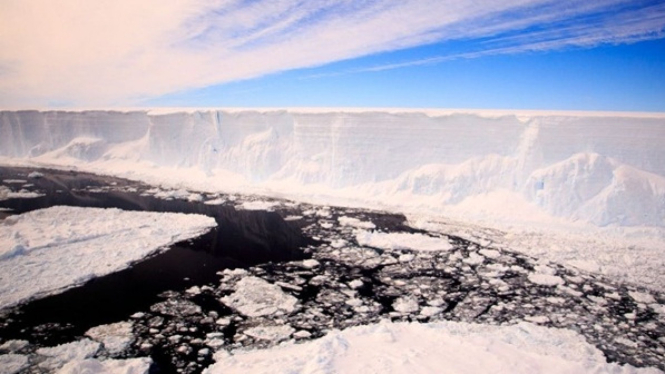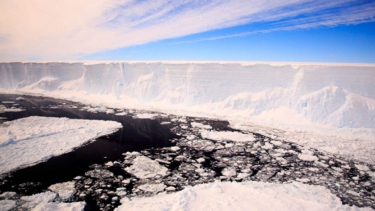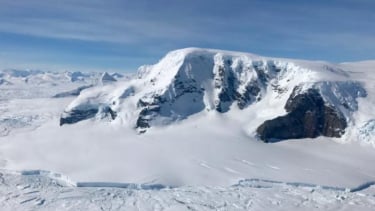- Pixabay
VIVA – A massive iceberg on the Antarctica continent may be on its way to collapse, based on a new satellite image. The giant slab of ice known as A-76A is about 84 miles (135 kilometers) long and 16 miles (26 km) wide, according to the Live Science website.
It is the largest fragment of the world's previous largest iceberg, Rhode Island size A-76, which broke off from the west side of Antarctica's Ronne Ice Shelf in May 2021 and then fractured into three pieces called A-76A, A-76B, and A-76C.
On October 31, NASA's Terra satellite captured an image of the A-76A floating at the mouth of the Drake Passage, a deep-water passage connecting the Pacific and Atlantic oceans between Cape Horn in South Africa and the South Shetland Islands north of the Antarctic Peninsula.
The image shows that the girth berg is currently between Elephant Island and the South Orkney Islands (both obscured by clouds in the image) at the southern end of the passage.
But its trajectory hints that it will head further north, into the waterway in the coming weeks. The image was released online on November 4 by NASA's Earth Observatory.
Benua Antartika.
- Pixabay
Typically, when an iceberg drifts into the Drake Passage, it is quickly dragged east by strong ocean currents before being blown north, into warmer waters where they melt quickly, according to the Earth Observatory.
Until now, A-76A has traveled about 1,250 miles (2,000 km) since taking off from the Antarctic Peninsula in 2021. The mountain has managed to retain its ice.
Data collected by the US National Ice Center in June revealed that A-76A is almost the same size as it was when it fractured off its parent mountain over a year ago. However, it is unlikely to remain intact for much longer as the Drake Passage is known to send icebergs on a one-way trip to their watery 'grave'.
The main reason is the Antarctic Circumpolar Current (ACC), the only current that flows completely around the globe and contains more water than any other current on Earth.
The ACC that runs west to east through the Drake Passage transports between 3,400 to 5,300 million cubic feet (95 and 150 million cubic meters) of water every second, according to Britannica.





















